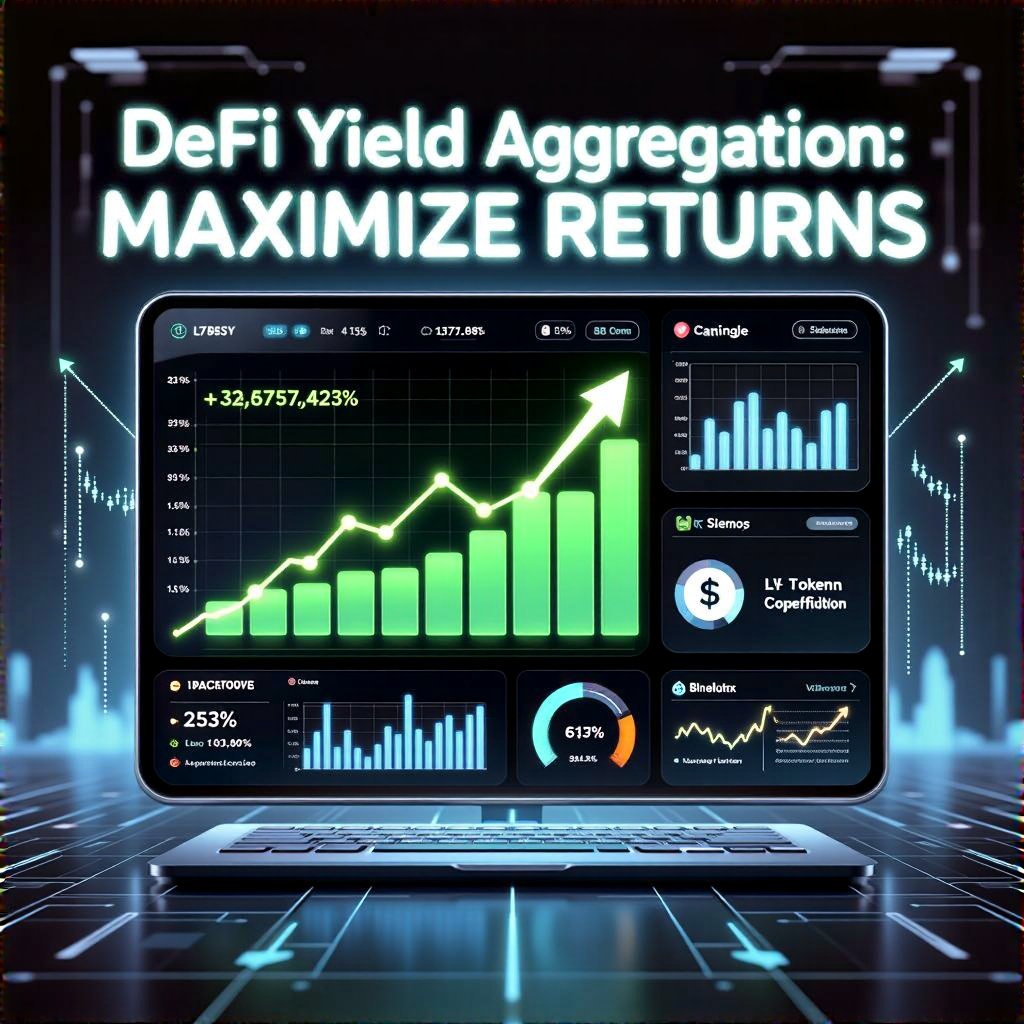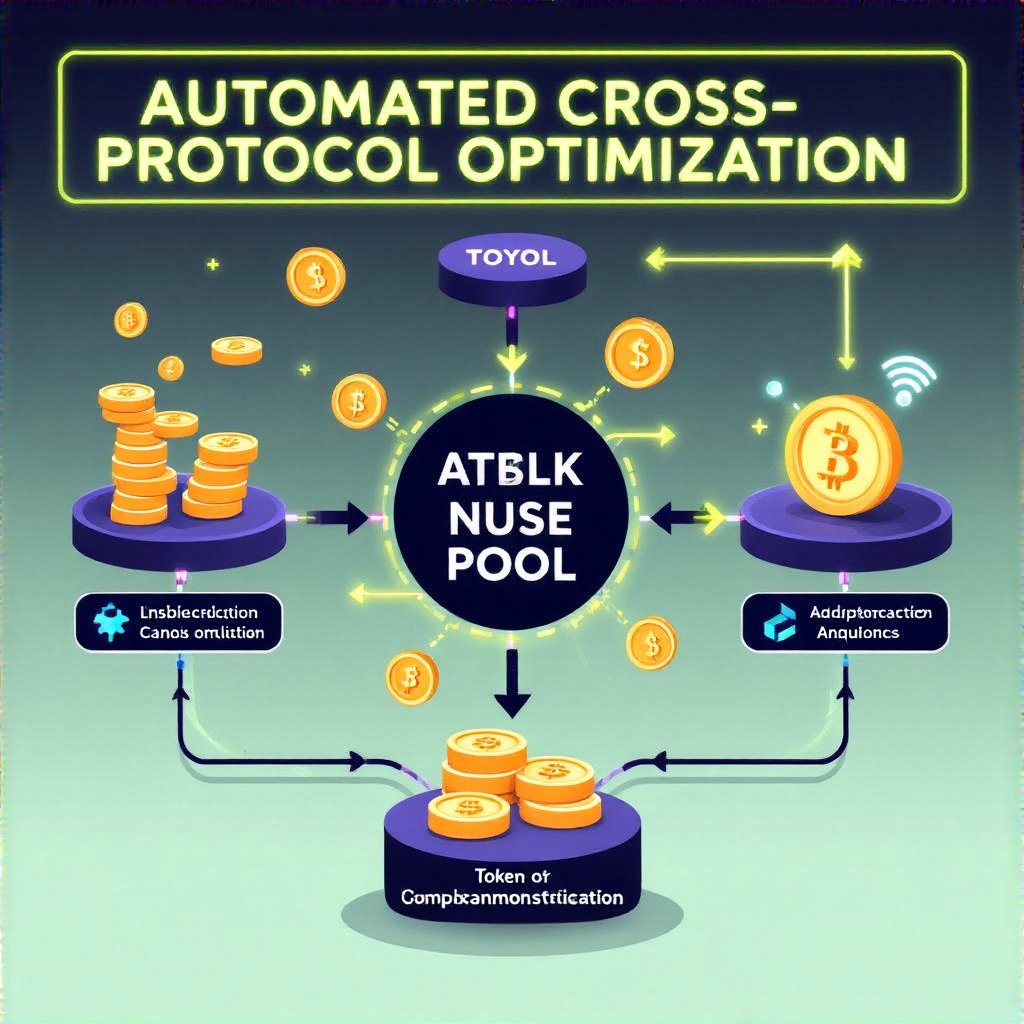Understanding DeFi Yield Aggregation Strategies

On-chain finance deploys automated strategies to optimize returns by continuously reallocating capital across pools and protocols. This forensic view examines how yield aggregation technologies translate complex decisions into measured, data-driven actions that can be scrutinized on-chain.
- What are DeFi yield aggregators?
- How do these platforms work?
- Strategic approaches employed
- Benefits
- Risks
- LiquidDriver case study
- Best practices
- Platform comparison
- FAQ
What are DeFi yield aggregators?
Yield aggregators automate asset allocation across protocols to harvest compounding rewards. By pooling funds, they execute predefined strategies and redeploy rewards, seeking maximized yields with less manual oversight. From an on-chain perspective, the process reduces transaction friction and exposes users to impermanent loss risk in some pools. For context, their incentive structures often mirror broader DeFi governance models—where participation and capital allocation decisions are steered by on-chain signals and community votes.

How do these platforms work?
Smart contracts or governance-enabled bots monitor prices, APYs, and risk metrics. They rebalance positions, claim rewards, and reinvest proceeds automatically. The result is a dynamic, data-driven allocation that aims to beat manually managed strategies while introducing operational risks that must be measured. Audits and code reviews help reveal discrepancies between declared promises and actual on-chain behavior, a core principle of Declared vs. Actual evaluation.
Strategic approaches employed
- Redepositing LP Tokens: Auto-compounds by redeploying LP tokens into new pools, chasing higher yields.
- Utilizing Governance Tokens: Native tokens unlock boosted pools and early access, especially for early participants.
- Cross-Protocol Optimization: Algorithms scan multiple protocols (e.g., Aave, Curve) to maximize APYs.

The Benefits of Yield Aggregation
From a risk-managed, data-driven lens, yield aggregators offer tangible value:
- Maximized Returns: Systematic reallocation can outperform manual strategies, particularly in fast-moving markets.
- Convenience: Automation reduces the need for constant monitoring across protocols.
- Compounding Effect: Reinvested rewards amplify wealth growth over time.
Risks and Considerations
Despite advantages, a precise risk assessment remains essential. Smart contracts may harbor bugs; users face impermanent loss and platform risk due to governance failures or insolvency. Declared vs. Actual scrutiny helps quantify exposure and guide safer deployment decisions. For hands-on security guidance, see Red4Sec audit insights.
Understanding the LiquidDriver strategy
LiquidDriver-like engines illustrate automated redepositing and governance-token boosts in practice. They continuously reallocate assets to capture optimal yields while balancing risk. For deeper technical depth, refer to the LiquidDriver documentation, which details deployment patterns and safety considerations.
Best Practices for Yield Aggregation
To operate safely and effectively, apply rigorous due diligence and structured controls. Consider these guidelines:
- Audit smart contracts and assess platform risk; see Red4Sec audit methodologies.
- Limit exposure to single pools; diversify across strategies; align with governance signals from community governance.
- Monitor fees and gas costs; consult external analyses such as DeFi on Ethereum.
- Stay aware of impermanent loss and liquidity risk; implement prudent withdrawal schedules and risk budgeting.
- Explore incentive designs similar to fly-to-earn models to understand how users value ongoing participation.
Platform comparison
| Platform | Core Benefit | Risk | Notes |
|---|---|---|---|
| Yearn Finance | Auto-compounding vaults | Smart contract risk | Open-source, audited |
| Aave + Alt vaults | Industrial-grade liquidity | Liquidation risk | Cross-protocol exposure |
| Convex-like strategies | Boosted rewards | Governance risk | Popular in DeFi |
FAQ
Q: What is yield aggregation?
A: Automated deployment across pools to maximize yield, with risk management baked in.
